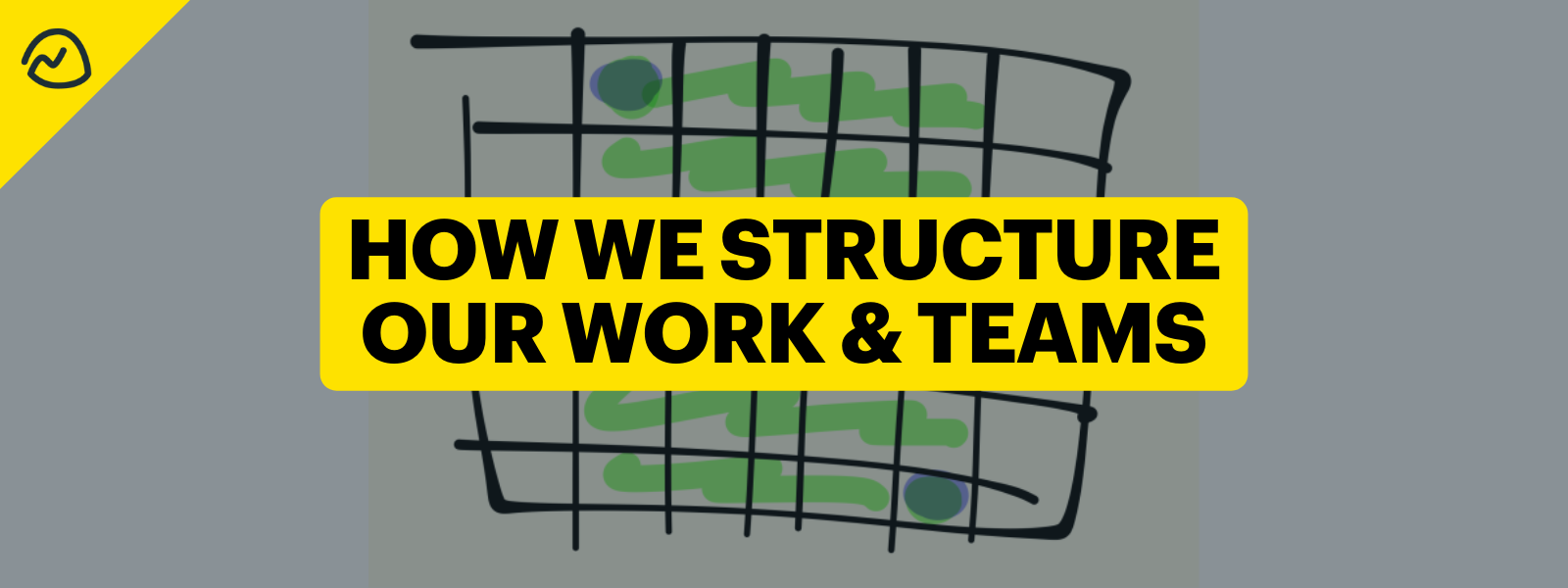
In the intricate tapestry of organizational management, one might ponder: How do leaders transform disparate individuals into a cohesive unit capable of achieving collective goals? This riddle underscores the essence of the organizing function of management, particularly as it pertains to the architecture of team structures. Within this framework, one must grapple with the eclectic blend of roles, responsibilities, and relationships that define team dynamics.
The organizing function of management is pivotal, encompassing various activities that facilitate the creation of an effective organizational structure. At its core, building structure in teams involves clarifying the hierarchy, delineating roles, and ensuring the alignment of individual objectives with overarching organizational goals. Yet, amidst this structural rigidity, there lies a paradox: How can managers maintain flexibility and adaptability while imposing a structured framework?
One might envision a bustling orchestra, with each musician playing a unique instrument. The conductor’s role is akin to that of a manager, ensuring that every note contributes to a harmonious symphony. Similarly, the process of building structure in teams necessitates an orchestration of diverse talents and modalities to foster coherence among team members. This entails several critical activities.
Firstly, defining roles and responsibilities is paramount. In any effective team, ambiguity can be detrimental. Each member must understand their unique contributions to avoid overlap, redundancy, or, worse, chaos. Managers should implement tools like role clarity frameworks or RACI matrices (Responsible, Accountable, Consulted, Informed) to delineate expectations explicitly. Clear role definitions not only enhance accountability but also empower team members to capitalize on their strengths, thus promoting a culture of autonomy and engagement.
Secondly, establishing a robust communication framework is integral. In the absence of effective communication, even the most meticulously constructed teams can falter. Mechanisms for regular updates, feedback loops, and transparent information dissemination must be instituted. Embracing digital tools that facilitate real-time communication—such as project management software or collaborative platforms—can significantly enhance inter-team connectivity. This facilitates not merely the flow of information, but also the cultivation of relationships grounded in trust and mutual respect.
Next, fostering a culture of collaboration is essential. Teams flourish when there exists a climate that encourages collective problem-solving and innovation. Managers are tasked with curating an environment where diverse perspectives are not only welcomed but celebrated. Creating cross-functional teams, where individuals from various backgrounds and expertise converge, often results in a rich tapestry of ideas and solutions. It is this interplay that can lead to serendipitous discoveries, akin to a spontaneous brainstorming session that generates a multitude of potential pathways.
However, the pivot to collaboration can present challenges, especially in large, complex organizations marked by silos. To overcome this, managers must be proactive in dismantling barriers that inhibit collaboration. This can involve intentional team-building exercises, inter-departmental workshops, and incentives that reward collaborative behaviors. Ultimately, the synthesis of diverse insights can enhance innovation and drive strategic initiatives forward.
Moreover, an essential activity within the organizing function is the establishment of a feedback mechanism. Feedback serves as the lifeblood of continuous improvement within teams. Managers should cultivate practices whereby constructive criticism is not only accepted but sought after. This necessitates creating a safe space where individuals feel empowered to voice their opinions without fear of retribution. Regular reviews and performance assessments can provide structured opportunities for feedback, encouraging a growth-oriented team culture.
Furthermore, the adaptation of team structures as projects evolve is vital. It is insufficient to create a static framework; managers must periodically reassess the effectiveness of their team structures in light of changing circumstances and objectives. Agile methodologies advocate for continuous reassessment, enabling teams to pivot quickly in response to external pressures or shifts in organization strategy. This agility allows the team structure to evolve, ensuring that it remains relevant and responsive to emerging challenges.
In addition, another pivotal activity is resource allocation. Equipping teams with the right resources—be it technology, training, or budgetary support—is imperative for operational efficacy. A well-resourced team is better positioned to execute its objectives with precision and creativity. Managers should regularly evaluate resource distribution, ensuring that all teams have equitable access to the tools necessary for their success.
Yet, amidst the complexities of structuring teams, the duality of structure and creativity must be acknowledged. A rigid framework can stifle innovation, while an overly fluid structure may lead to disarray. The challenge lies in striking the equilibrium between these competing demands. The task for leaders is to cultivate an environment where structure serves as a springboard for creativity rather than a constraint, encouraging teams to experiment within established parameters.
Ultimately, the organizing function of management—particularly in building effective team structures—is a multifaceted endeavor characterized by inherent challenges and rewards. By employing deliberate strategies that define roles, foster communication, enhance collaboration, encourage feedback, adapt structures, and allocate resources wisely, managers can cultivate high-performing teams poised to tackle the vicissitudes of the modern organizational landscape. As this journey unfolds, each step taken is not merely an action but a building block toward a resilient and innovative team capable of driving sustained success.
